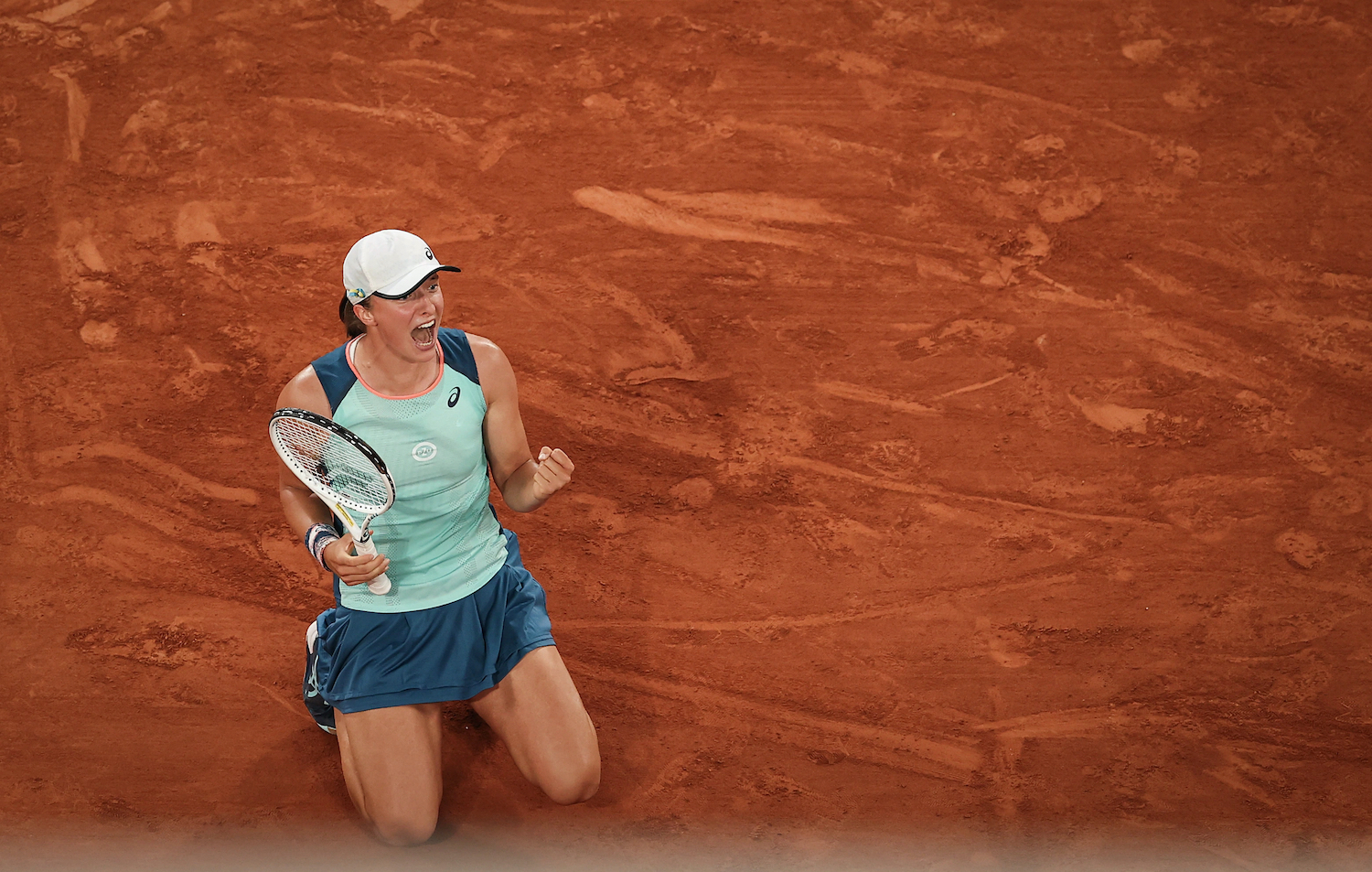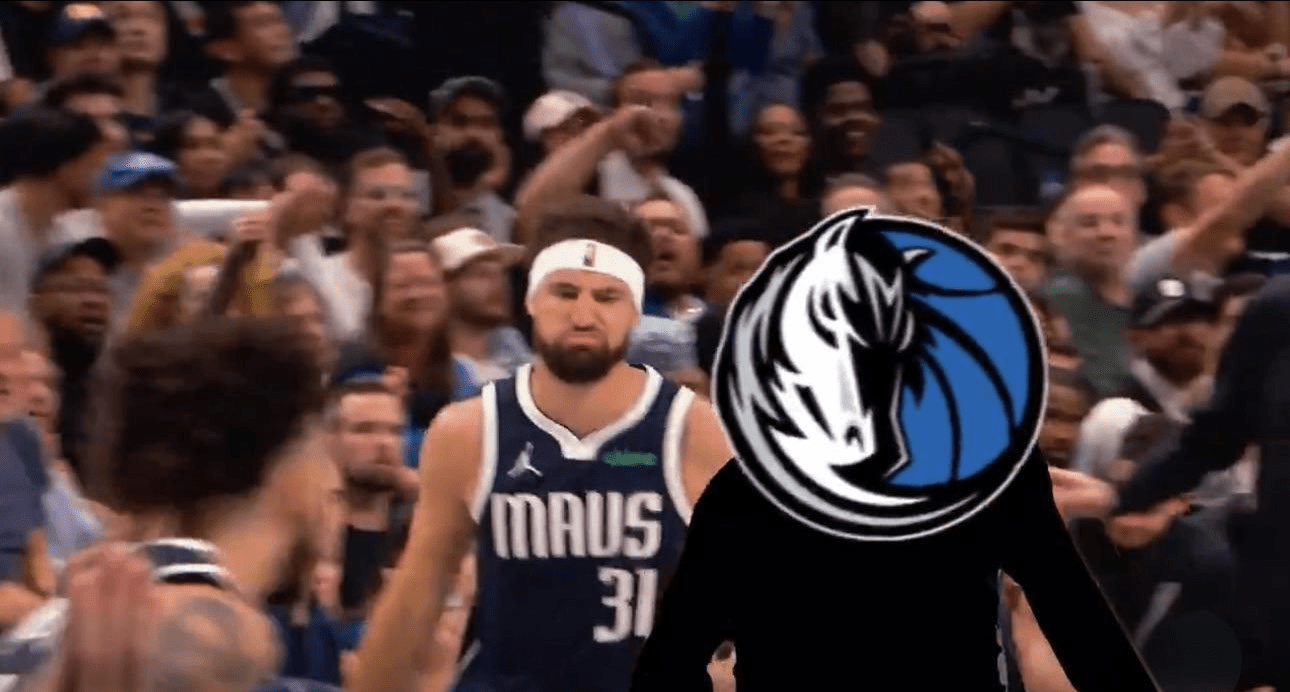Never has a power vacuum been so convincingly filled in tennis. When Ash Barty retired at her apex in March, she also vacated the No. 1 ranking in the women's game. It went to the next name on the ladder, Iga Swiatek, a Nadal acolyte from Poland with some pretty severe topspin of her own and a growing clay court résumé. Swiatek became No. 1 at the start of April, when she was already on a heater, and as if to snuff out any whisper that she lucked into the top spot, she's refused to lose a tennis match ever since. By routing an overmatched Coco Gauff 6-1, 6-3 in the French Open final on Saturday, Swiatek extended her streak to 35 wins.
Swiatek is the eighth woman in the Open Era to assemble a streak of this length; it's the longest since Venus Williams hit 35 back in 2000, and it's longer than the 34 Serena won in 2013. Over the course of that streak, Swiatek turned 21; won 70 of 76 sets played; claimed six titles across both hard court (Doha, Indian Wells, Miami) and clay (Stuttgart, Rome, Roland Garros); and metamorphosed from a promising young talent to the unquestioned alpha of the WTA. That's a productive three months in the office.
"I felt like two times winning a Grand Slam, you're really confirming you're able to do that. So I was chasing that a little bit," Swiatek said, on following up her 2020 French Open title. "Now, I don't know what I'm going to chase. Probably I'm going to chase some good snacks today, that's all." She did hang around Paris to watch Rafa win his 14th on Sunday, and then it was time for rest, a luxury rarely afforded to the best tennis players alive.
A streak requires mastery of both varying conditions and varying matchups, and Swiatek can thank the maturation in her game this season. She's pushed past her natural tendencies—a defensive high-margin, loopy style—to step into the baseline and attack her opponents.
“Right now I have moments when I can feel that I have nothing to lose and I’m going all in," Swiatek said in Doha, the tournament where her streak began. "Actually, before really I didn’t want to take that risk, because I didn’t want to be that kind of player who is just going to shoot the balls and we’re going to see if it’s going to be in or out. I wanted always to be solid and the kind of clay-court player who is going to play topspin and stay back."
Working with new coach Tomasz Wiktorowski has "loosened up" her strokes. Swiatek's kept that old solidity in her footwork and balance—it's hard to find a single stroke in any given point when she's not firmly rooted to the court, knees bent, drawing power from her legs—and added some more firepower and risk tolerance. Already a dominant returner and defender, her big topspin forehand is unambiguously the best shot on the WTA right now. (Ignore the sweatiness of this YouTube video's thumbnail; the highlights are comprehensive.)
If there's a downside, it's that Swiatek has become too good to sustain any actual rivalries. That goes for top-10 neighbors like Maria Sakkari or Aryna Sabalenka; newcomers like Gauff or Emma Raducanu; or decorated vets like Simona Halep or Victoria Azarenka. When Naomi Osaka bounced back from an absence to make the final at Miami Open, I expected an awesome final. After a competitive first set, Swiatek shut down the festivities with a quick 6-0. She has yet to make a consistent impact on grass so far in her career, and by her own admission would like just one or two wins on the "tricky" surface, so her colleagues might be spared for the next few weeks. Talent like hers tends to find a way to translate across surfaces, though. A young Nadal once went from washing out in the second round of Wimbledon to three straight finals—but a superfan might already know that.





